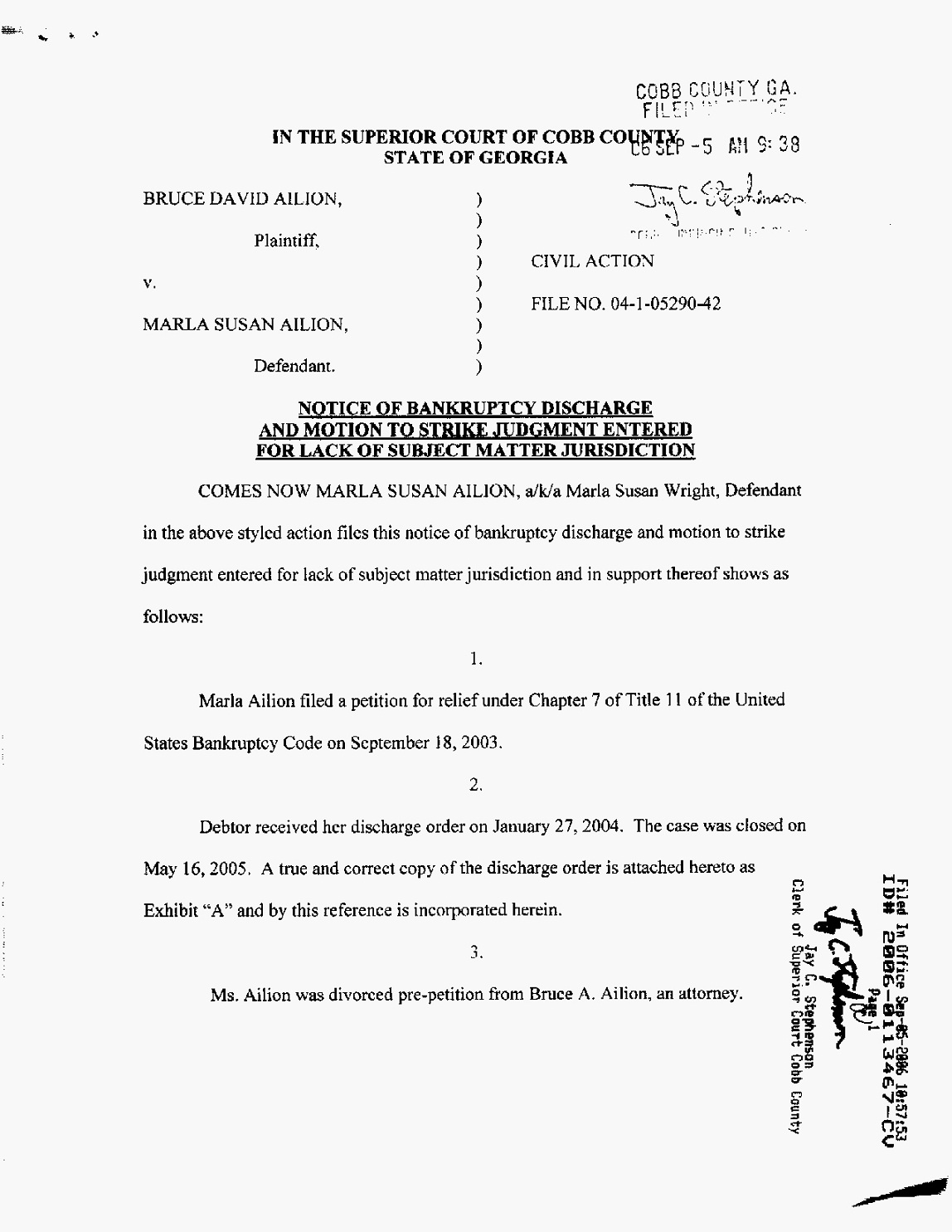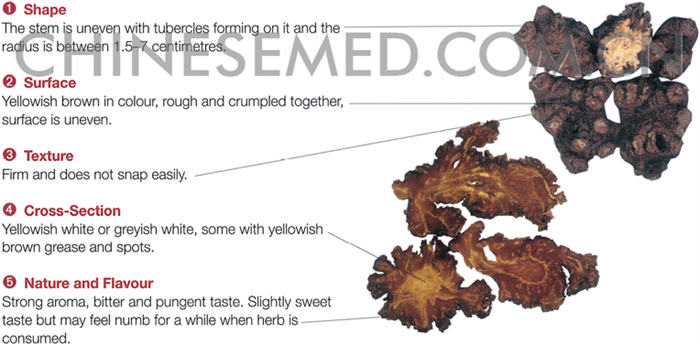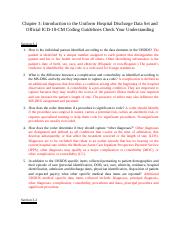
The hypothesis proposed, then, is that the notion of gunk-junk is the only one that can translate the relationality hitherto sought in an ontological model.

Neither monism nor pluralism can be affirmed in their pure forms.

It is impossible to completely substitute the notion of substance with the notion of event, process, structure or relation, both in speaking of God and in speaking about the entities of fundamental ontology. Thus, neither relationalism nor substantialism are convincing: from the fall of these two dogmas (or, rather, from the fall of their naive interpretations) we can realise that the fundamental reality is something that lies between processism (relationalism) and substantialism. But they are both impossible and inevitable: the fundamental entities of the world and their interactions (causation) must be described as real transcendental relations because each ontology transforms entities or relations into real transcendental relationships at some point.

It has been opted for the second conclusion. Therefore, they are either possible for both domains – ontology and theology – or they are both impossible. These relations are the same we need to describe the Trinity. This assessment shows how all these ontologies postulate real transcendental relations (subsistent relations), inside the substances or inside the powers, inside the tropes or the structures, describing them as monads or processes (or actual occasions). The last chapter then returns to ontological questions: several Relational Ontologies are examined – including ontic structural realism and process (or eventist) ontology – together with their applications in philosophy of religion (e.g.: the Relational God, Process Trinitarianism, the Entangled God). the Trinity is a good theistic model of the divine, apophatic but rational. this relation must be able to account for contingent causality 4. the relation must be equally fundamental to the substance: this means that it is both external and internal 3. there must be at least one irreducible real relation (non-reductionist realism) 2. In the chapters some points have been established: 1.

It is the aim of the present dissertation to evaluate such attempts, and to outline some possible new solutions. In order to provide an evaluation of all these attempts and to outline some possible new perspectives, the thesis consists of five chapters. However, if the expression «God is love» – understood as the formula of the Trinity – is the key to a new theism, it leaves a problem open: how can it be translated philosophically? The research develops on two different levels: first, it assesses whether the expression should be translated into the Trinitarian paradigm, and the aporias it generates secondly, it tries to assess whether this paradigm (eminently relational) has a correspondence in ontology: is there a satisfactory Relational Metaphysics already available? The suspicion is that such Trinitarian-Relational Ontology, invoked by many as a solution to the incongruities of classical theism, has yet to be formulated in a satisfactorily manner, despite the existence of various attempts to formulate Relational Ontologies. The hypothesis they support is that the Trinitarian nature of God, reflected in a world of multiplicity, relationality, substance and relations, demands that we think of God as dynamic, internally multiple and relational. This metaphysics has been proposed by some supporters of the so-called Open Theism as a solution to the numerous dilemmas of Classical Theism. The book aims to examine how a Trinitarian Theism can be formulated through the elaboration of a Relational Ontology and a Trinitarian Metaphysics, in the context of a hyperphatic epistemology.


 0 kommentar(er)
0 kommentar(er)
